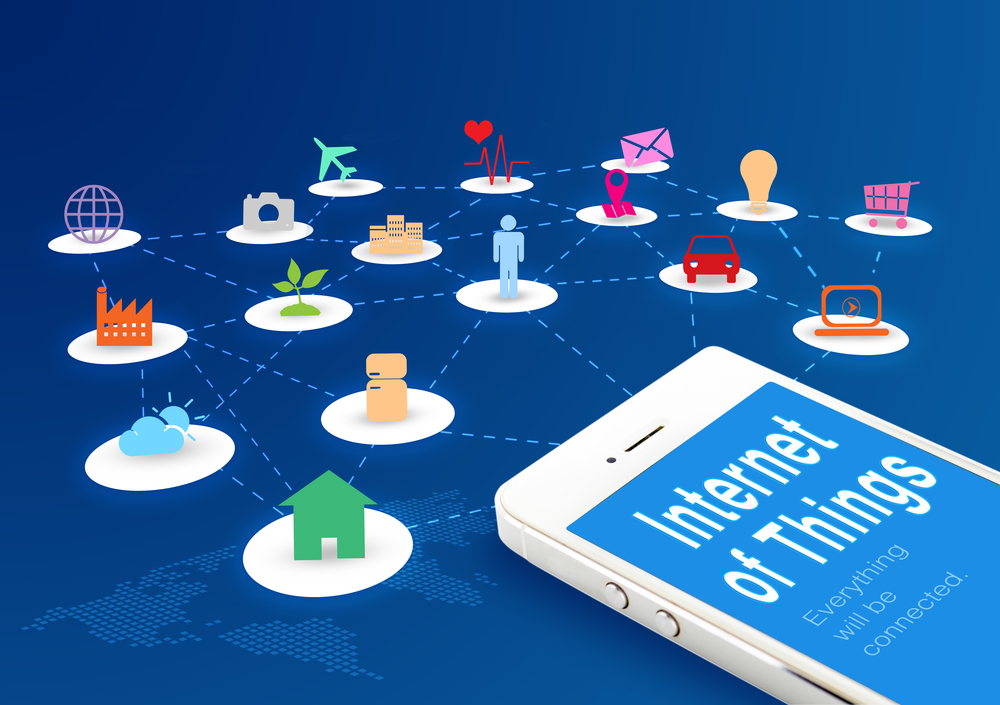The growth in the number of devices connected to the Internet of Things (IoT) is set to be explosive, with Cisco and EMC suggesting we’ll see between 50 billion and 200 billion by 2020.
The impact of so many devices, network sensors and wireless access points coming online, and the huge volumes of data subsequently created, will have a dramatic effect on the marketing industry.
Here are four key ways the IoT will change the face of modern marketing.
1. Sharper campaign lifecycles
The IoT will see a huge range of devices coming online – with anything from a wristwatch to a tractor, a factory pallet or even a simple network sensor increasingly generating data for companies to capture.
The ability to process this data autonomously will truly empower marketers by enabling them to analyse customer feedback in real-time and derive actionable insights from multiple data sources.
>See also: Why the Internet of Things is more than just a smart fridge
This level of instant response will allow companies to improve the efficiency of marketing campaigns while reducing the cost. With the ability to analyse large data-streams at such speed, marketing professionals can judge the success of a campaign within hours and days, rather than weeks or months.
Rapid campaign analytics mean that dud-campaigns can be killed, while those with the potential to go viral are given the required backing. Meanwhile, the supply chain needed to deliver on the promises of marketing campaigns can be instantly aligned with the projected level of demand based on customer feedback.
2. New and surprising bedfellows
According to EMC, the amount of data being generated annually by an expanding IoT network is predicted to skyrocket to 44 zettabytes by 2020; a staggering number considering that, throughout history, humanity created a total of 2.7 zettabytes until 2013.
The sheer volume of data being generated will require strategic partnerships between marketers, data specialists and IoT enablers, such as telcos, in order to maximise the utility of customer data. For example, Machina Research predicts that connected cars may well end up accounting for 97% of data traffic during rush hour.
All this data could provide vital insights for automotive companies and car insurance firms alike, so we may start to see alliances where these organisations are collaboratively applying advanced analytics and powerful profiling engines to customer data to achieve their mutual marketing goals.
A marriage between huge data-gathering organisations and analytical specialists could well resemble the IoT itself in becoming greater than the sum of its parts, at least in terms of value creation.
3. A new world of click-through-rates (CTRs)
The IoT is likely to spell the end for large swathes of mass media marketing. Personalised customer data generated by wearables and smart devices in the home will mean that irritating pop-ups and banner adverts with CTRs of less than 1% will be replaced.
Instead, we will see more targeted, analytics-powered adverts, as companies identify exactly what their customers want and when they want it. For example, an IoT-enabled kitchen will be able to detect a blocked sink and message the home owner’s phone to alert them to the issue.
At the same time, it will be able to suggest several solutions, such as local plumbers or drain unblocking liquids, along with relevant coupons, thereby maximising the value of each advert.
In order to respond to this, marketers will need to use streaming analytics, applied to live, real-time data to create personalised advertising strategies designed to arrive at the moment they will have the greatest impact.
4. True 360 degree customer profiles
Marketers are already focusing on building the most complete customer profiles they can using analytics and segmentation. However, when only using data from a small section of customers’ lives, such as their shopping habits, this is inevitably limited.
For example, a fitness company may know how often a customer goes to the gym but have no idea about the fact that they also play football and hockey, if they have a heart condition or recently signed up for a marathon.
The advent of wearables, such as the recently launched Apple Watch, means that enterprises will gain rich insights into subscriber usage characteristics and attributes, thereby enabling highly personalised offerings.
For instance, a fitness company could use data from wearables to detect that their customer is starting to go on longer, more intensive runs and pre-emptively send over a new fitness regime designed to prepare for a marathon.
New high-volume data streams, coupled with advanced customer analytics and personalisation algorithms means 360-degree profiles will be dramatically improved.
>See also: Making the Internet of Things a business reality
Analytics is already helping companies connect with customers on a new level by knowing their favourite brands, habits and what offers they might find most interesting.
With the IoT set to create never-before-seen quantities of data providing countless insights into customer behaviour, marketers have a golden opportunity to instantly offer individual customers what they need, when they need it; creating a major competitive advantage.
Sourced from Gabriele Di Piazza, Guavus







